Entry Category: Transportation
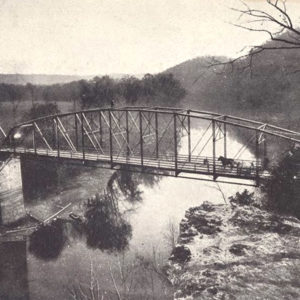 Rogers Bridge
Rogers Bridge
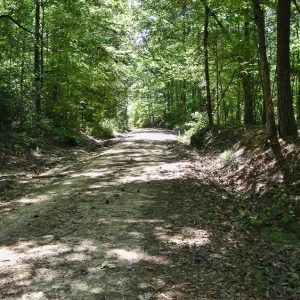 Rosston Segment
Rosston Segment
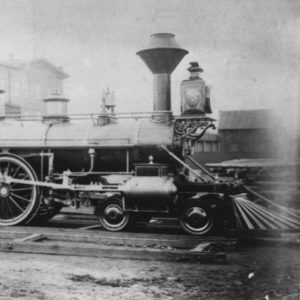 Roswell Beebe Locomotive
Roswell Beebe Locomotive
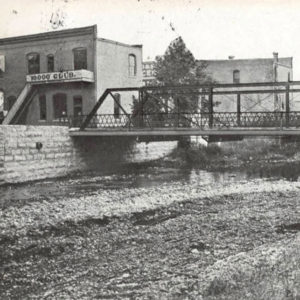 Sager Creek
Sager Creek
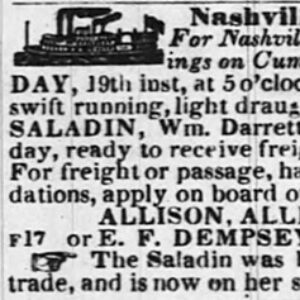 Saladin Article
Saladin Article
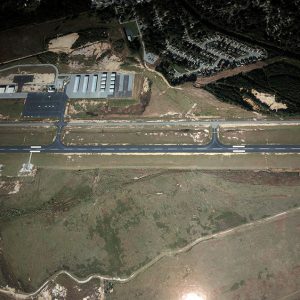 Saline County Regional Airport
Saline County Regional Airport
Saline County Regional Airport
 Sans Souci Landing
Sans Souci Landing
 Sans Souci Landing
Sans Souci Landing
Scenic Byways
Schilberg, Richard
Sebastian County Road 4G Bridge
Shady Lake CCC Bridges
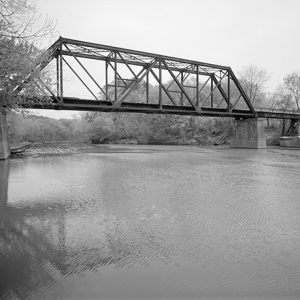 Shirley Bridge
Shirley Bridge
 Shirley Depot
Shirley Depot
Shreve, Henry Miller
Silitch, Mary Frances
 Mary Frances Silitch
Mary Frances Silitch
 Mary Frances Silitch
Mary Frances Silitch
 Mary Frances Silitch
Mary Frances Silitch
 Skylark Drive-In
Skylark Drive-In
 Rodney Slater
Rodney Slater
Snag Boats
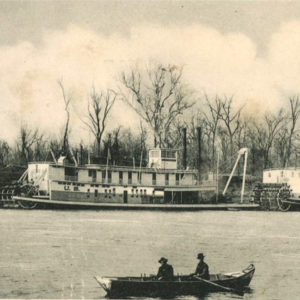 Snag Boats on White River
Snag Boats on White River
South Arkansas Regional Airport
aka: Goodwin Field
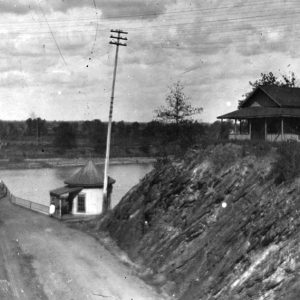 South End
South End
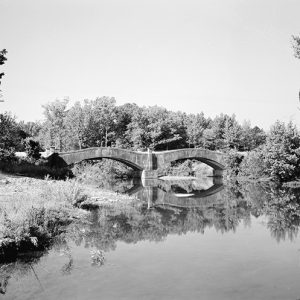 South Fork Bridge
South Fork Bridge
Southwest Trail
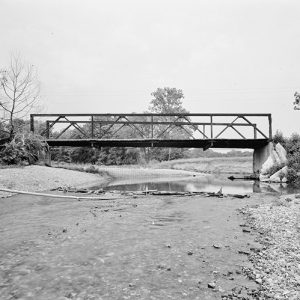 Spavinaw Creek Bridge
Spavinaw Creek Bridge
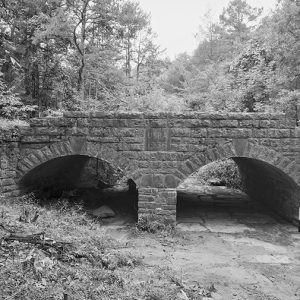 Spring Lake Bridge
Spring Lake Bridge
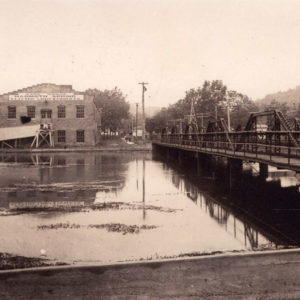 Spring River Bridge
Spring River Bridge
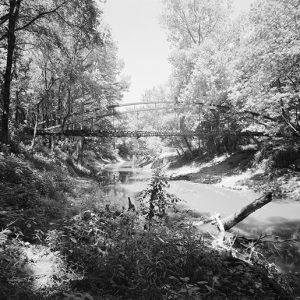 Springfield-Des Arc Bridge
Springfield-Des Arc Bridge
 Springfield to Fayetteville Road
Springfield to Fayetteville Road
Springfield to Fayetteville Road
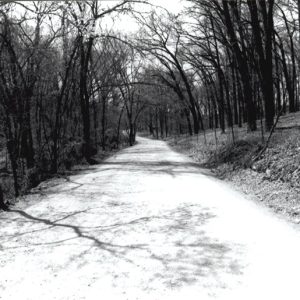 Springfield to Fayetteville Road—Cross Hollow
Springfield to Fayetteville Road—Cross Hollow
 Springfield-Des Arc Bridge
Springfield-Des Arc Bridge
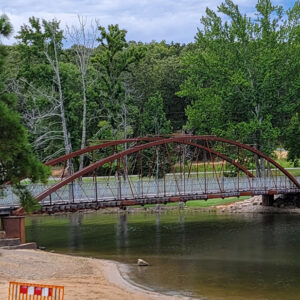 Springfield-Des Arc Bridge
Springfield-Des Arc Bridge
Springfield–Des Arc Bridge
aka: Springfield Cadron Bridge
aka: Springfield Bridge
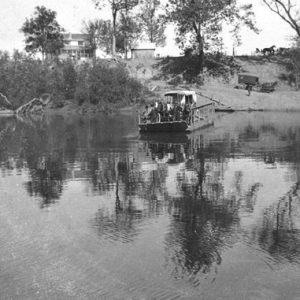 St. Charles Ferry
St. Charles Ferry
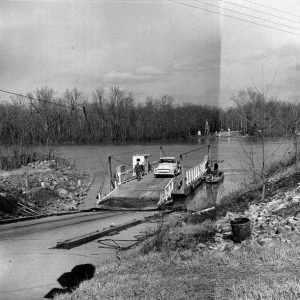 St. Charles Ferry
St. Charles Ferry
 St. Charles Ferry
St. Charles Ferry
St. Francis National Scenic Byway
 St. Francis River Bridge
St. Francis River Bridge
St. Joe Historical Missouri and North Arkansas Depot and Museum
St. Joseph [Steamboat]
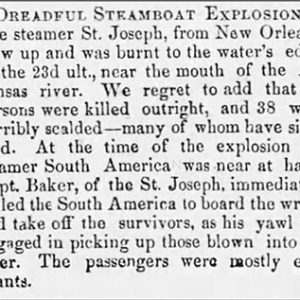 St. Joseph Steamboat Article
St. Joseph Steamboat Article
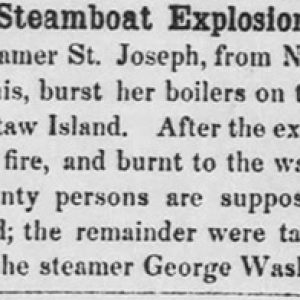 St. Joseph Steamboat Article
St. Joseph Steamboat Article
 St. Louis and North Arkansas Railroad
St. Louis and North Arkansas Railroad




